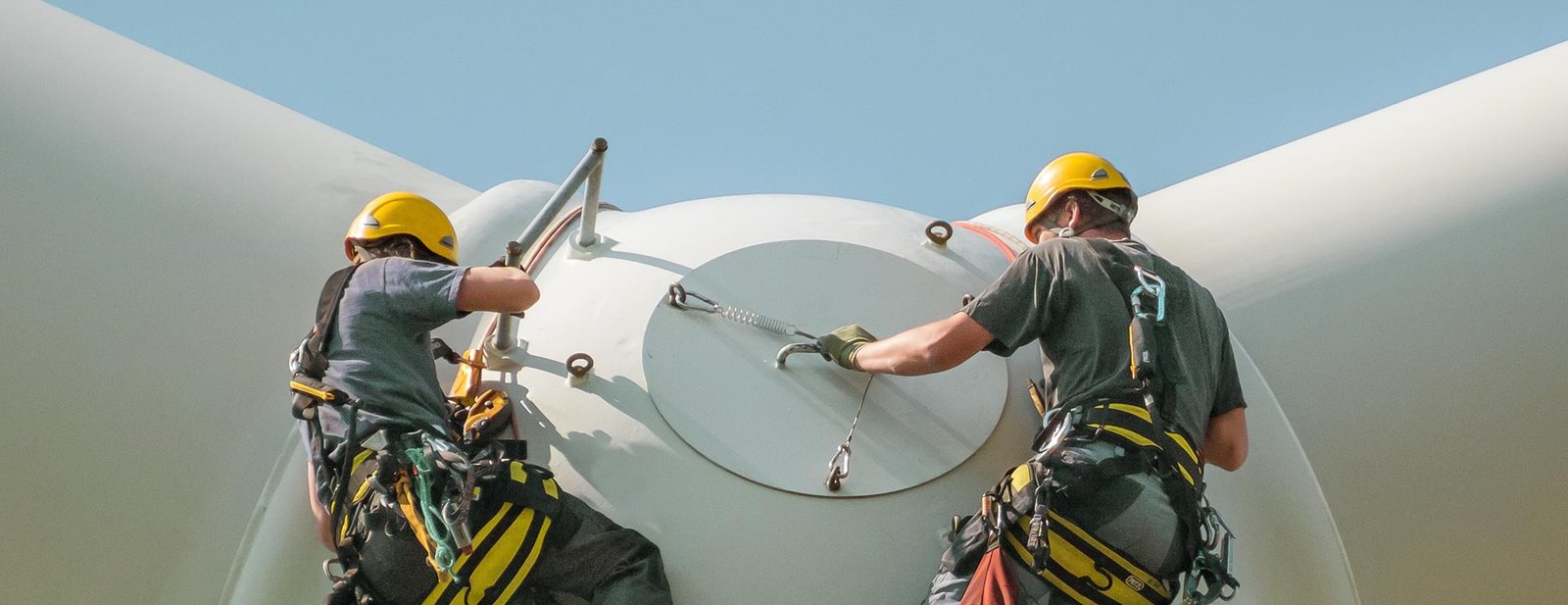
20 Mar Why Floating Solar Structure is the Best Alternative to Land-Mount Solar
As the demand for renewable energy surges, solar power has become one of the most widely adopted solutions.
However, traditional land-mounted solar farms require vast stretches of land, which is increasingly becoming a challenge due to urbanization, land scarcity, and competing agricultural needs. This limitation has made it difficult for many countries and industries to scale up solar power production efficiently.
The good news? An alternative that addresses these challenges while maximizing energy generation is a floating solar structure.
Emerging as a breakthrough in solar technology, floating solar panels are installed on bodies of water such as reservoirs, lakes, and even offshore areas. This innovation not only conserves land but also enhances energy efficiency and contributes to water conservation.
In this blog, we’ll explore why floating solar structures are rapidly gaining popularity, how they compare to land-mounted systems, and why they are the best alternative for a sustainable future.
The Challenges of Land-Mounted Solar Farms
While ground-mounted solar farms have played a crucial role in advancing solar energy adoption, they come with several limitations:
- High Land Requirements: Large-scale solar farms require extensive land, which can be expensive and difficult to acquire in densely populated areas.
- Environmental Concerns: Clearing land for solar projects may lead to deforestation, soil erosion, and habitat loss for wildlife.
- Land Use Conflicts: Solar farms often compete with agriculture and real estate development, making it harder for governments and businesses to allocate land efficiently.
- Higher Maintenance Costs: Dust accumulation on panels, vegetation overgrowth, and land erosion can increase maintenance efforts and reduce efficiency.
Given these challenges, the need for an alternative approach e.g., solar power solutions, has never been more urgent.
Why Floating Solar Structures Are Better: Key Advantages
Floating solar structures bring a range of benefits that make them a superior alternative to land-based systems:
- Floating solar installations utilize underused water bodies, preserving precious land for agriculture, housing, and natural habitats.
- The water underneath the panels helps keep the system cool, improving the efficiency and lifespan of solar modules compared to land-based systems.
- The coverage of solar panels on water surfaces significantly reduces evaporation, which is particularly beneficial in drought-prone regions.
- Being on water reduces exposure to dust and airborne particles, leading to lower maintenance and higher panel efficiency.
- In areas with land acquisition issues or uneven terrain, floating systems offer a faster and more adaptable deployment solution.
- Floating systems reduce algae growth by blocking sunlight and do not disturb natural ecosystems as much as land development would.
- Reservoirs and dams used for hydroelectricity or irrigation can also be used to generate solar power, maximizing the utility of a single resource.
The Emerging Future of Floating Solar
As the demand for clean energy accelerates, floating solar power plant is set to become a key player in the renewable energy landscape. Governments and industries worldwide are investing in FPV projects, recognizing their potential to optimize energy production while addressing land scarcity challenges.
Floating solar is not just a short-term solution; it represents the future of solar energy expansion.
With advancements in technology, improved anchoring solutions, and cost reductions, floating solar will continue to gain traction, providing an innovative way to harness solar power without compromising valuable land resources.
The Role of HUSE in Floating Solar Innovation
HUSE HQ is one of leading floating solar companies in India and it has been at the forefront of developing a high-quality floating solar structure that is engineered for durability, efficiency, and sustainability. With a focus on advanced material selection, innovative design, and seamless installation, HUSE ensures that floating solar projects maximize energy output while maintaining long-term stability in aquatic environments.
By integrating cutting-edge solutions and robust engineering, HUSE is driving the adoption of floating solar technology and enabling businesses, industries, and utilities to harness the full potential of water-based solar energy.
Conclusion
A floating solar structure is revolutionizing the renewable energy sector by offering a sustainable, efficient, and land-conserving alternative to traditional land-mounted solar farms.
With benefits such as enhanced performance, water conservation, and minimal environmental impact, floating solar is proving to be the best alternative in the quest for clean energy solutions.
As industries and governments continue to push for a greener future, floating solar stands out as a critical innovation that balances sustainability with energy demands. By leveraging the expertise of industry leaders like HUSE Energy, the transition to floating solar technology will drive a cleaner, more efficient, and land-conscious energy revolution.


